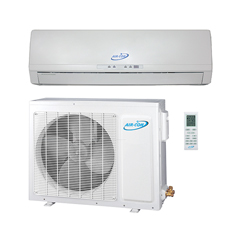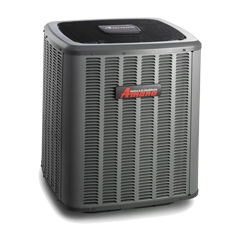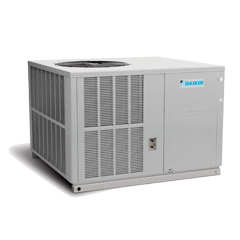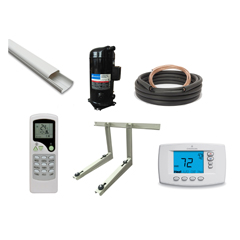COMMERCIAL SOLUTIONS
COMMERCIAL SOLUTIONS
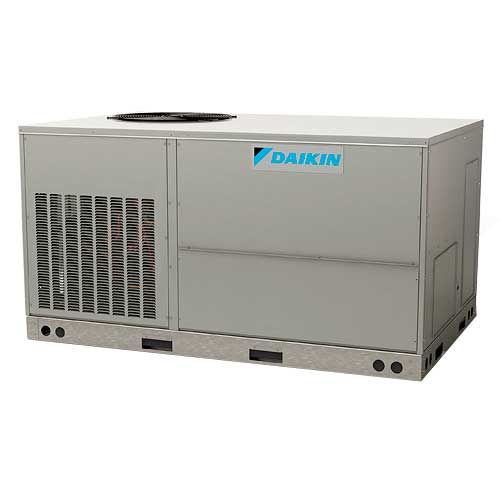
The HVAC professionals explain four of these differences below:
Complexity & Power:
Commercial HVAC systems are much larger with wider ducts. They also tend to be more complex since each room in a commercial building often has a different function. Examples include food storage, manufacturing, customer entertainment, and office administration. Residential HVAC systems are not usually this complex, as they’re normally set up for home comfort only.
Unit Location:
The most convenient place to put a residential air conditioning unit is typically on the back or side of the house such as a backyard. Since commercial spaces tend to have many people and merchandise, the best place for an HVAC unit is on the roof where it’s safely out of the way, less noisy, easier to maintain, and doesn’t detract from storefront decor.
Drainage Systems:
A single drainage pan is sufficient for a typical residential HVAC system but not for a commercial one. The latter requires a more complex network of pans and pipes, to facilitate evaporation and decrease chances of overflow.
Manufacturing:
One of the most important differences between commercial and residential HVAC systems is the way they’re manufactured. Commercial systems are usually modular, allowing for fast and easy transportation, installation, and modification. With residential systems (split or standalone), each one is unique and cannot easily be modified.


